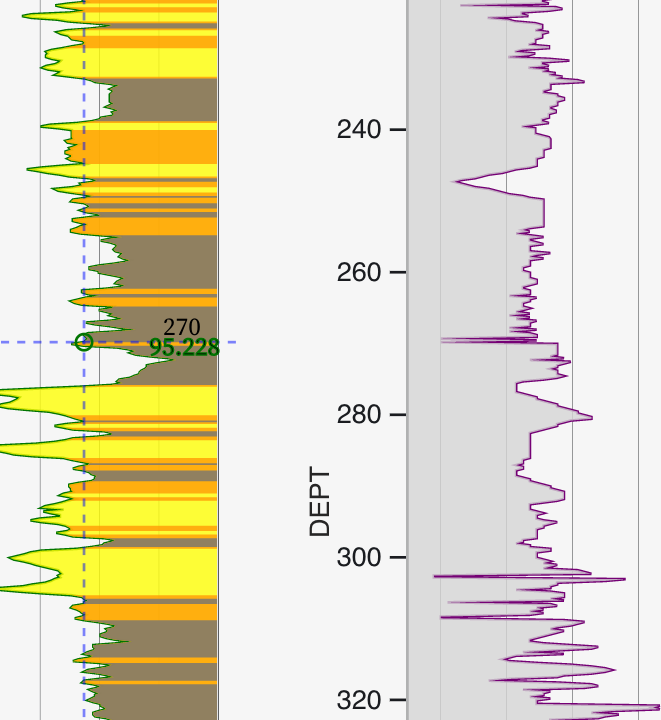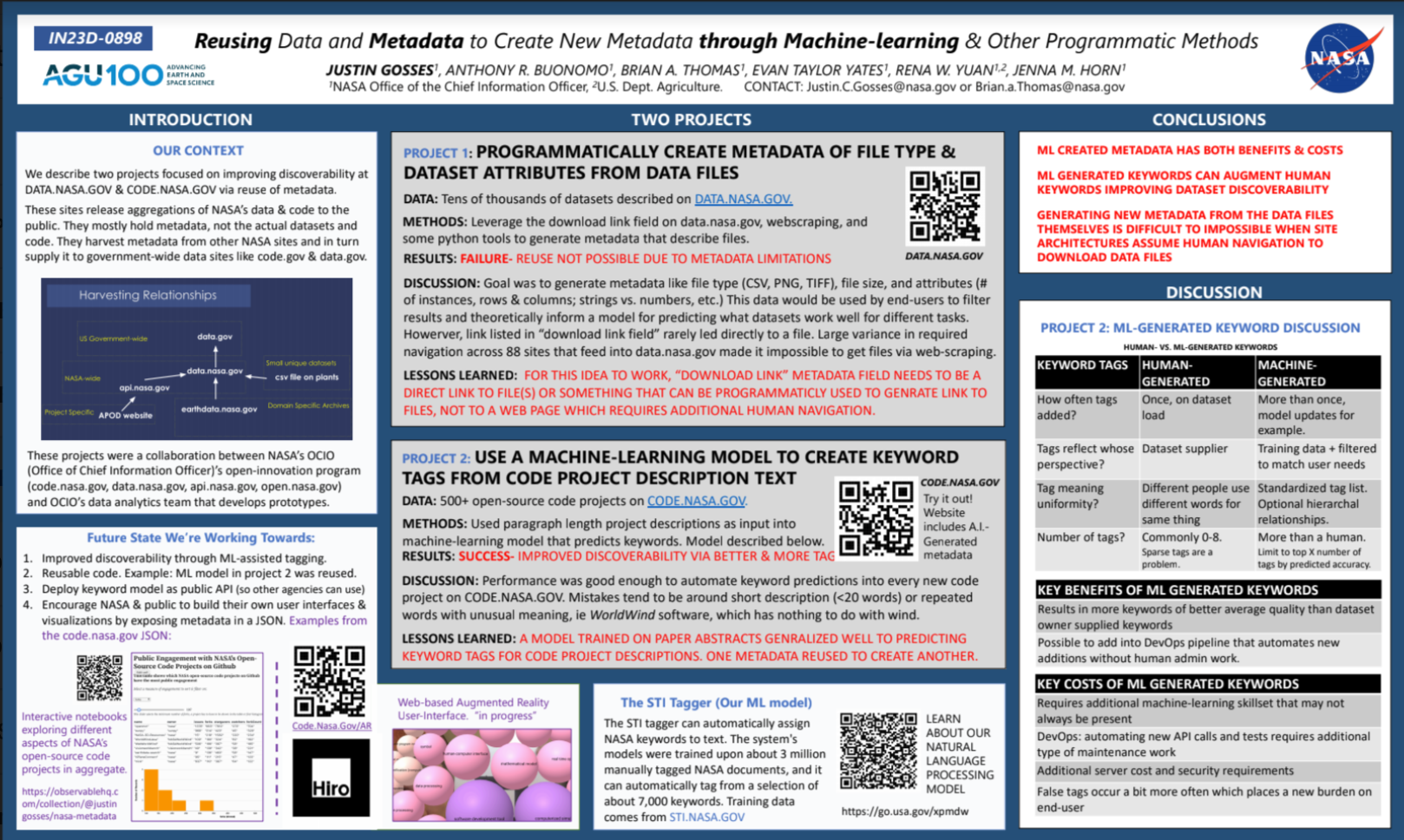ESRI sponsored Geo-Development Hackathon:
Today I took part in an event put on by ESRI, the company that provides the software on which the majority of enterprise, academic, and government GIS work takes place. As compared to the Geophysics Hackathon run by AgileGeosciences at the Society of Exploration Geophysics Annual Conference, this was more about learning tools and less a crazy two day race. Hence, the title for this post is ArcGIS Hackathon-ish. There wasn’t any beer and pizza, but the cookies and cheese were good. Also, I got another free t-shirt. You can never have too many free t-shirts. The event was five hours long. Half was explanation and questions. The other half was building maps using the tools.
The Tools
The event focus was on a collection of tools accessed or associated with their ArcGIS developer site. ESRI staff provided a github repository of links, instructions, and list of topics/tools to cover during the event or after. There were some useful step-by-step instructions included to get you started with several of the tools.
- Map Builder: Load data & edit basic symbology for first level, static maps you might embed in a website
-
App Builder: Take a map you built from map builder and put it into a map application framework with lots of premade style, formatting, and widget options. A few example widgets are:
- Turn layers off and on
- Add query box to show selection subset of a layer
- Show users’ current location on the map
- Allow a user to edit the map
- Directions
- Measurement (line, path, area)
- ArcGIS API Javascript: Javascript is one of the three key languages used in front-end web development (HTML and CSS being the other two). Javascript is the part that makes websites interactive. ArcGIS API javascript allows you to pull different basemaps, layers, etc. from your ArcGIS Online account, based on user interactions with the website, and display just the right map to the website user. You have to know javascript to do this, but the advantage is you can automatically deliver a map based on a large number of possible inputs. The opensource equivalent would leaflet.js.
- Koop javascript: Sometimes when you use open-source data, you get it in one file type and transform into appropriate file format before putting it in ArcGIS Online map. Koop.js is a version of javascript written to handle that data transformation for you automatically reducing some of the programming required. This might be particularly useful for dealing with realtime open-source data available on another website that you want to bring into your map. Apparently, it is new and still a little wobbly, but the presenter seemed very excited about it.
- App Studio: App Studio is basically App Builder, except you’re writing the javascript for a new template instead of relying on a drag and drop user interface. For now, this is free and even allows you to output native binaries, which means it outputs something that can go into the Android or Apple App store, without needing to deal with learning the Swift or Java language. People are putting the code they’re writing to build new apps and widgets in a ArcGIS marketplace and available opensource on GitHub.
The Product From Those 5 Hours =
A Map App On Holocene Volcanoes and Historical Major Earthquakes
Click on the icons to bring up some of the map widgets and turn layers off and on. A full page version, which just looks nicer, can be found here.
Update: for those completely new to GIS
You might not know that ArcGIS requires a license. If you don’t have access to a license through school or work, you can still get a free non-commercial trial license for 60 days. There are also annual ESRI non-commercial licenses for $100.



1 Comment
ArcGIS Online WebMaps and MapApps | Justin Gosses Home · January 9, 2016 at 1:02 am
[…] EDIT: For more information on ArcGIS online development tools, check out this more recent post. […]